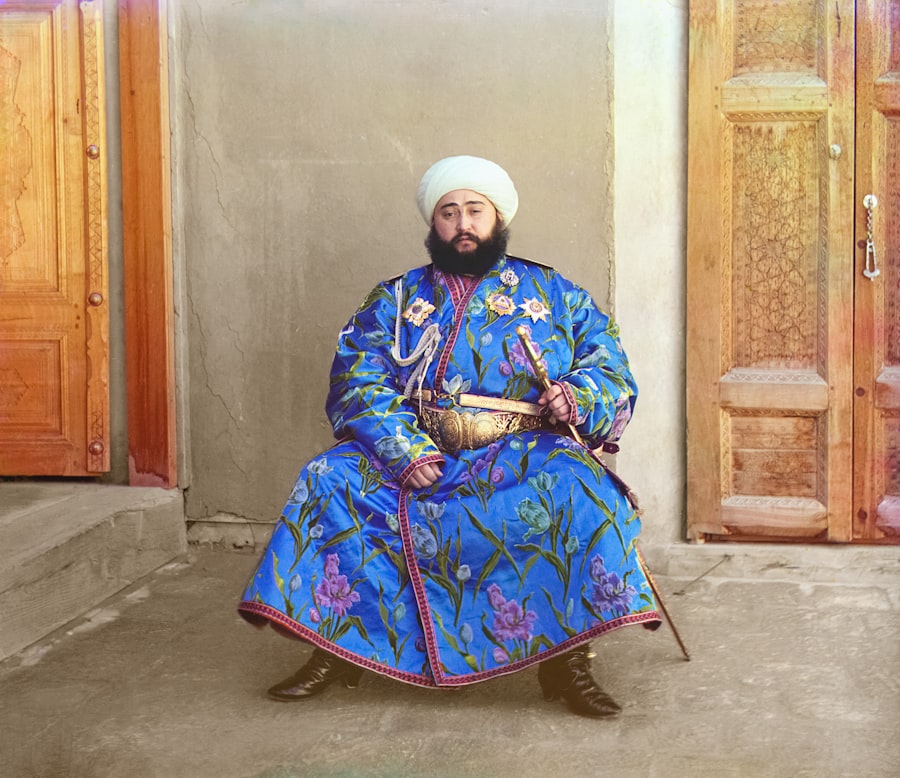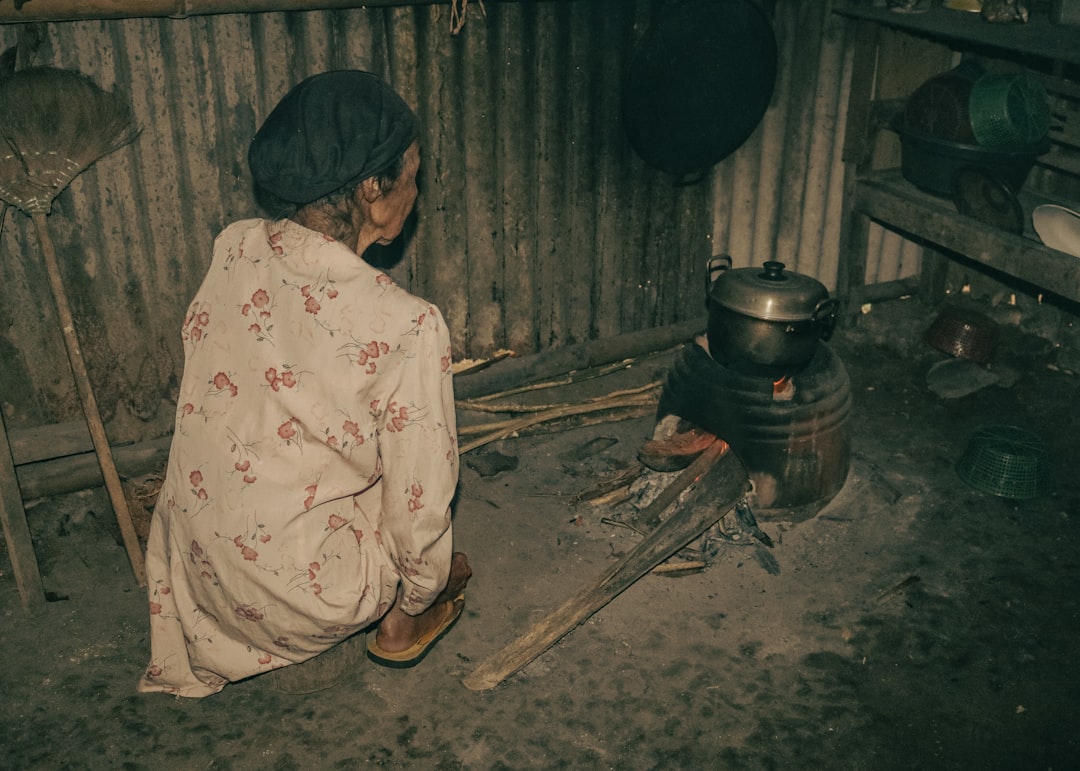The capture of Saddam Hussein on December 13, 2003, marked a pivotal moment in the Iraq War and the broader context of Middle Eastern politics. U.S.
The intelligence that ultimately led to his capture was a culmination of various efforts, including extensive surveillance, interrogations of captured insurgents, and tips from local informants. The U.S. military’s ability to gather and analyze this intelligence was crucial in narrowing down the search for Hussein, who had become a symbol of defiance against American forces.
The breakthrough came when U.S. intelligence received a tip-off about Hussein’s whereabouts in a small farmhouse near Tikrit, his hometown. This information was corroborated by other sources, leading to a coordinated operation by U.S.
Special Forces and the 4th Infantry Division. The operation was executed with precision, resulting in the capture of Hussein without any significant resistance. His arrest not only represented a tactical victory for U.S.
forces but also served as a psychological blow to those who remained loyal to him, signaling the end of an era of his tyrannical rule.
Key Takeaways
- US forces located Saddam Hussein through a combination of intelligence gathering and targeted raids
- The hunt for Saddam spanned over 8 months, involving a massive international effort and culminating in his capture in December 2003
- The fallout of Saddam’s capture included celebrations in Iraq and around the world, as well as renewed hope for stability in the region
- Saddam’s trial was a highly publicized and controversial legal proceeding, ultimately resulting in his conviction and execution
- The aftermath of Saddam’s capture had a profound impact on Iraq’s government, leading to a period of transition and instability
The Hunt for Saddam: A Timeline of Events Leading to His Capture
The timeline leading up to Saddam Hussein’s capture is marked by a series of significant events that shaped the course of the Iraq War. Following the initial invasion in March 2003, U.S. forces quickly toppled Hussein’s regime, but the former president managed to evade capture, disappearing into the shadows.
In the months that followed, the U.S. military launched Operation Desert Scorpion, aimed at rooting out remnants of Hussein’s loyalists and insurgents who were resisting the new order. Despite these efforts, Hussein remained elusive, leading to frustration among U.S.
commanders and troops on the ground. As the search continued, the U.S. government offered a $25 million bounty for information leading to Hussein’s capture, which spurred a wave of tips from Iraqi citizens.
However, many leads turned out to be false alarms, prolonging the hunt.
S. intelligence had begun to focus on specific areas where Hussein might be hiding, particularly around Tikrit and the surrounding regions.
The culmination of these efforts came in December when intelligence reports indicated that Hussein was likely hiding in a farmhouse near Tikrit, setting the stage for his eventual capture.
The Fallout: Reactions to Saddam Hussein’s Capture

The news of Saddam Hussein’s capture reverberated around the world, eliciting a wide range of reactions from various stakeholders. For many Iraqis, particularly those who had suffered under his brutal regime, his arrest was a moment of jubilation and relief. Celebrations erupted in the streets as people expressed their hope for a new beginning in Iraq, free from the oppressive rule that had characterized Hussein’s time in power.
The capture was seen as a turning point that could pave the way for stability and democracy in a nation that had long been marred by violence and tyranny. Conversely, there were also voices of dissent and skepticism regarding the implications of Hussein’s capture. Some critics argued that his arrest would not necessarily lead to peace or stability in Iraq; rather, it could exacerbate existing tensions among various ethnic and sectarian groups.
Insurgent groups vowed to continue their fight against U.S. forces and the new Iraqi government, viewing Hussein as a martyr rather than a tyrant. This complex mix of reactions highlighted the challenges that lay ahead for Iraq as it sought to rebuild itself in the aftermath of decades of conflict.
Saddam’s Trial: The Legal Proceedings Following His Capture
Following his capture, Saddam Hussein was put on trial for crimes against humanity, with proceedings that drew international attention and scrutiny. The trial began on October 19, 2005, and was conducted by an Iraqi Special Tribunal established specifically to address crimes committed during his regime. The charges against him included genocide, war crimes, and crimes against humanity related to the brutal suppression of uprisings in 1991 and other atrocities committed during his rule.
The trial was marked by dramatic moments and significant controversy. Hussein’s defiance in court became a focal point as he often used the proceedings as a platform to voice his grievances against the U.S. occupation and to assert his belief that he was still the legitimate leader of Iraq.
The trial faced criticism regarding its fairness and transparency, with some observers arguing that it was more about political theater than genuine justice. Nevertheless, on November 5, 2006, Hussein was found guilty and sentenced to death by hanging, a verdict that would ultimately be carried out on December 30 of that year.
Saddam’s Regime: The Aftermath of His Capture on Iraq’s Government
The aftermath of Saddam Hussein’s capture had profound implications for Iraq’s government and its political landscape. His removal from power created a vacuum that led to significant shifts in governance and authority within the country. The transitional government established after his fall struggled to maintain control amid rising sectarian violence and insurgency.
Many former Ba’ath Party members were purged from positions of power, which further destabilized the political environment and alienated segments of the population who had previously supported Hussein. In an effort to establish a new democratic framework, Iraq held its first free elections in January 2005; however, these elections were marred by violence and voter intimidation. The political landscape became increasingly fragmented along sectarian lines, with Shiite and Sunni factions vying for power in a post-Hussein Iraq.
The challenges faced by the new government were compounded by ongoing insurgency and civil unrest, leading many to question whether true democracy could take root in a nation still grappling with the legacy of dictatorship.
The Impact: How Saddam Hussein’s Capture Changed the Course of the Iraq War

Saddam Hussein’s capture significantly altered the trajectory of the Iraq War and its broader implications for U.S. foreign policy in the region. Initially viewed as a major victory for U.S.
forces, his arrest was expected to diminish insurgent activity and foster stability within Iraq. However, contrary to these expectations, violence escalated in the months following his capture as various factions sought to fill the power vacuum left by his absence. The insurgency intensified as groups loyal to Hussein or motivated by sectarian grievances launched attacks against U.S.
troops and the newly formed Iraqi government. This period saw an increase in suicide bombings and sectarian violence that would plague Iraq for years to come. The initial optimism surrounding Hussein’s capture gave way to a more complex reality as it became clear that removing a dictator did not automatically translate into peace or stability.
The Manhunt: The International Effort to Capture Saddam Hussein
The international effort to capture Saddam Hussein involved not only U.S. forces but also cooperation from various allied nations and intelligence agencies around the world. Following the invasion of Iraq, there was a concerted push among coalition partners to locate and apprehend Hussein as part of broader efforts to stabilize the region and dismantle his regime’s remnants.
Intelligence-sharing agreements were established between countries involved in the coalition, allowing for more effective tracking of potential leads regarding Hussein’s whereabouts. Additionally, various nations contributed resources and personnel to assist in the manhunt, underscoring the global significance attributed to capturing one of history’s most notorious dictators. Despite these collaborative efforts, however, Hussein managed to evade capture for several months before ultimately being located by U.S.
forces.
Saddam’s Hideout: Inside the Location Where He Was Found
Saddam Hussein was discovered hiding in a modest underground hideout near Tikrit known as “the spider hole.” This makeshift bunker was located on a farm owned by a local family who had been unaware of his presence there. The hideout itself was relatively unremarkable—constructed with dirt walls and featuring minimal amenities—yet it symbolized Hussein’s desperate attempt to evade capture after months on the run. Upon entering the hideout on December 13, 2003, U.S.
forces found Hussein disheveled but defiant; he reportedly declared himself “the president of Iraq” even as he was taken into custody. The discovery of this hideout provided insight into Hussein’s mindset during his final days as a fugitive—clinging to power even in defeat—and underscored the lengths he would go to avoid accountability for his actions.
Saddam’s Legacy: How His Capture Shaped Iraq’s Future
Saddam Hussein’s legacy is one marked by brutality and oppression but also by complex socio-political dynamics that continue to influence Iraq today. His capture served as both an end point for his regime and a catalyst for ongoing conflict within Iraq. While many hoped that his arrest would usher in an era of peace and reconciliation, it instead highlighted deep-seated divisions among various ethnic and sectarian groups.
The power struggles that emerged following his capture have left lasting scars on Iraqi society. Sectarian violence surged as different factions vied for control over political power and resources, leading to widespread instability that persists even years later. As Iraq continues to grapple with its past under Hussein’s rule, questions about national identity and governance remain central to its ongoing struggle for unity.
The End of an Era: The Significance of Saddam Hussein’s Capture
The significance of Saddam Hussein’s capture extends beyond its immediate impact on Iraq; it represents a broader shift in global attitudes toward authoritarian regimes and their accountability for human rights abuses. His arrest was celebrated as a triumph of justice over tyranny—a narrative that resonated with many around the world who had witnessed the atrocities committed during his rule. However, this moment also served as a reminder of the complexities involved in transitioning from dictatorship to democracy.
While capturing Hussein marked an end to one era, it simultaneously opened up new challenges for Iraq as it sought to redefine itself amidst ongoing violence and instability. The lessons learned from this experience continue to inform discussions about interventionist policies and their long-term consequences.
The Future: What Lies Ahead for Iraq After Saddam Hussein’s Capture
In contemplating what lies ahead for Iraq after Saddam Hussein’s capture, it becomes evident that the road toward stability remains fraught with challenges. While some progress has been made since his removal from power—such as establishing democratic institutions and holding elections—the specter of sectarian violence continues to loom large over Iraqi society. The future will depend on various factors including political reconciliation among different factions, economic development initiatives aimed at rebuilding war-torn areas, and addressing grievances that have fueled unrest over the years.
As Iraq navigates this complex landscape shaped by its past under Saddam Hussein’s rule, it faces both opportunities for growth and significant hurdles that must be overcome if it is to achieve lasting peace and prosperity in the years ahead.
Saddam Hussein, the former President of Iraq, was captured by U.S. forces on December 13, 2003, during Operation Red Dawn. This significant event marked a pivotal moment in the Iraq War, as it led to the eventual trial and execution of Hussein for crimes against humanity. For more detailed insights into the circumstances surrounding his capture and its implications, you can read a related article on this topic by visiting Hey Did You Know This. This source provides a comprehensive overview of the events leading up to and following the capture of Saddam Hussein.
WATCH NOW! How the US Hunted and Captured Saddam Hussein: The Untold Story of Operation Red Dawn
FAQs
When was Saddam Hussein captured by the US?
Saddam Hussein was captured by the US on December 13, 2003.
Where was Saddam Hussein captured?
Saddam Hussein was captured in a small underground hideout near his hometown of Tikrit, Iraq.
Who was involved in the capture of Saddam Hussein?
The capture of Saddam Hussein was carried out by the United States military, specifically the 4th Infantry Division and the Special Forces.
What was the significance of Saddam Hussein’s capture?
The capture of Saddam Hussein was a significant event in the Iraq War, as it marked the end of his regime and was seen as a major victory for the US-led coalition forces.
What happened to Saddam Hussein after his capture?
Saddam Hussein was taken into custody by the US military and later turned over to the Iraqi government. He was subsequently tried, convicted, and executed for crimes against humanity.
